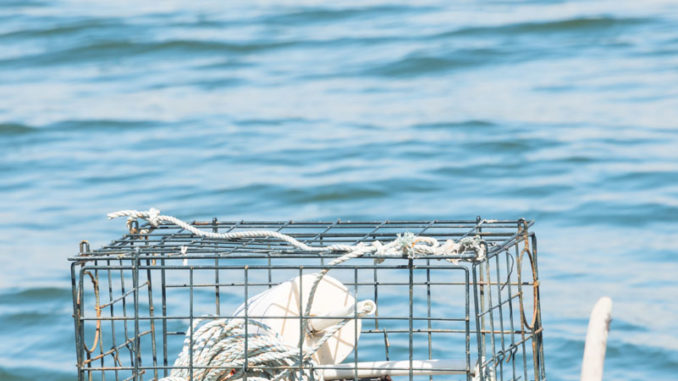
In North Carolina waters, the No. 1 commercial seafood crop is the blue crab, and the greater Pamlico Sound produces the majority of the state’s 30 million-pound harvest.
Since tarpon find blue crabs a delicacy and will hone in on their locations, the best source for locating tarpon may be the area’s crabbers.
Mitchell Blake of Inner Banks Fishing Charters concentrates on the commercial crabbing fleet’s whereabouts to locate summer tarpon hangouts.
“Good crabbers who make their living off the sound will keep their crab pots in places where the crabs are the most concentrated, and the saltwater dividing line is where a ton of these crabs stack up,” Blake said. “The line will move inland and outward due to rainfall, and the crabbers will work that waterline to perfection.”
With every crab pot marked by a buoy, it’s not difficult to see where crabbers are setting up.
“When you find massive concentrations of crab pots in the Pamlico and Pungo rivers, you can bet on the crabs being thick there and (it being) a great place to drop in the lines,” Blake said.
Knowing the blue crab’s life history can also help out a neophyte tarpon angler. They mate from May through October with June, July and August the peak spawning period. The mouth of large creeks are great mating spots, which make them good places to look for a rolling tarpon.


Be the first to comment